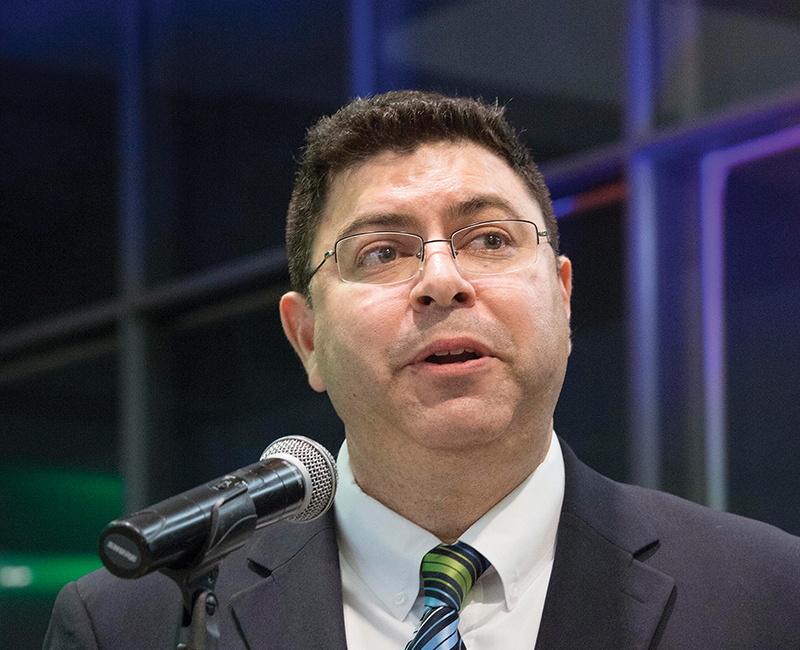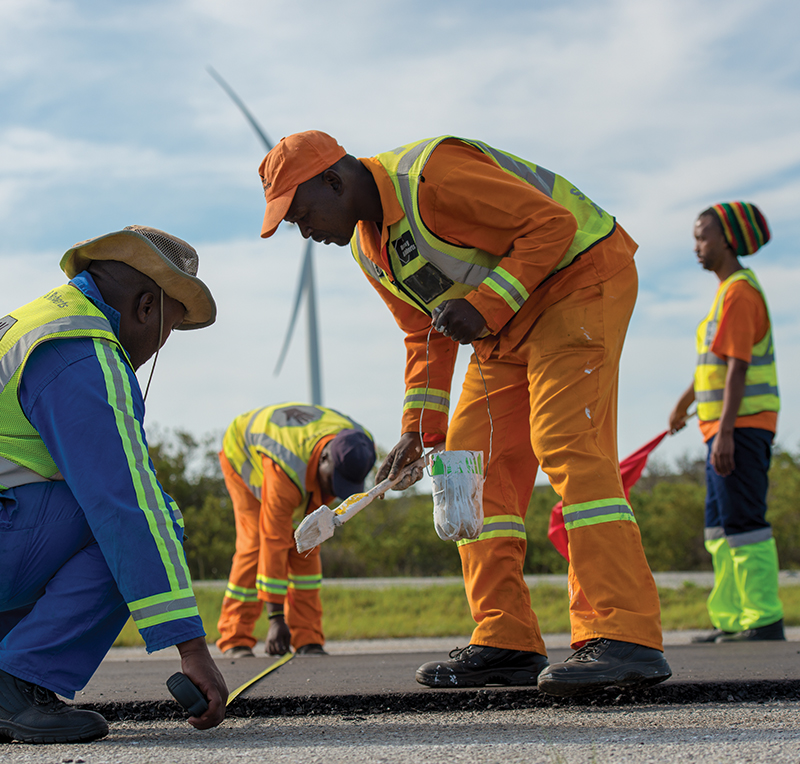The Western Cape is home to one of the most strategic assets of the national road network, the Huguenot Tunnel. Hello Western Cape sat down with Western Region Manager Randall Cable to talk about this tunnel’s contribution to the regional economy and to investigate the options for its long-awaited upgrade.
In October last year, SANRAL hosted tunnel experts from around the world for a conference on Road Tunnel Operations in Low and Medium Income Countries. From this engagement, two outcomes were clear. SANRAL has to:
1. Ensure that sufficient systems are in place to communicate with road users to direct them to safety in case of an emergency in the tunnel
2. Design and implement the commissioning of the North Bore to ensure that the tunnel meets international standards in terms of safety and operations
“The one thing that most people focus on is the closure of the tunnel – and the duration thereof – while upgrades are under way. We certainly are cognisant of road users’ concerns about their travel patterns, how it affects the tourism sector and the economic impact of closing the tunnel. However, the closure period can only be determined once the final design proposal for the South Bore has been completed,” said Cable.
“That being said, we will consider various innovative measures to reduce the closure period; whether it be introducing more than one work team, night-time work to ensure the tunnel can be operational during the day or permitting only light motor vehicles through the tunnel and diverting all heavy vehicles to alternative routes.


